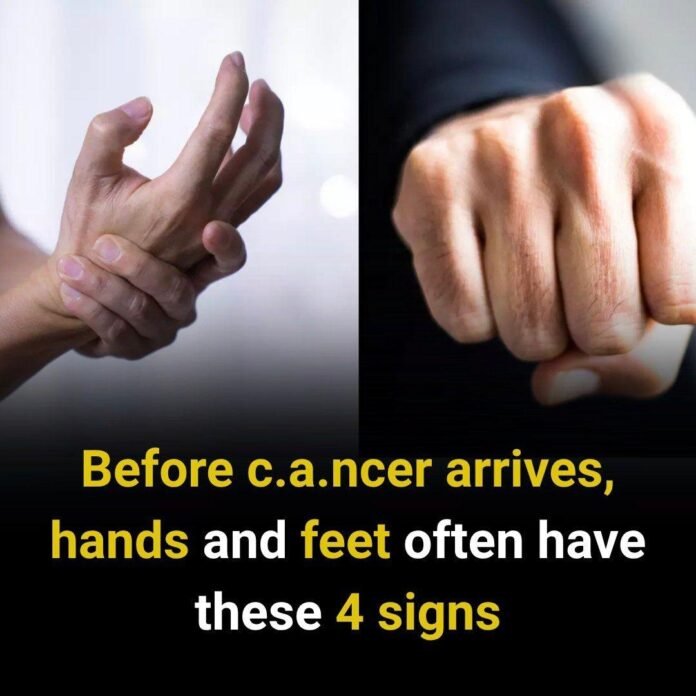1. Persistent Redness, Swelling, or Tingling
If your palms or soles feel consistently red, swollen, or tingling—as if from prolonged pressure or slight burning—even when you’re not on your feet or hands all day, this could be more than simple fatigue or irritation. Known medically as palmar-plantar erythrodysesthesia or hand-foot syndrome, these symptoms are sometimes seen early in patients before cancer treatments begin. However, they can also hint at underlying conditions that impact circulation or nerve function
What to watch for:
-
- Itching or tingling in hands/feet that doesn’t go away
- Reddened skin that doesn’t fade with rest or lotion
- Mild numbness or increased sensitivity in areas under pressure
2. Unusual Dryness, Cracking, or Peeling
Cracked heels or dry, peeling skin may seem commonplace, yet when these issues persist despite regular moisturizing, they may indicate suppressed skin health. Even slight changes, such as blisters that form easily or skin peeling more than usual, could signal disruptions in skin cell growth or circulation .
Red flags include:
-
- Skin that flakes or peels even with good skincare
- Blisters or sores that appear for no obvious reason
- Breaks in the skin that don’t heal as expected
3. Unexplained Pain or Numbness in Hands or Feet
Cancer can sometimes press on nerves or affect circulation before it causes other noticeable symptoms. As a result, people may experience persistent, dull aching, sharp pains, or numbness in their hands or feet that persists beyond a few days and doesn’t respond to typical care like rest or heat.
Key signs:
-
- Persistent discomfort—aching, burning, or sharp sensations in palms or soles
- Numbness that spreads or interferes with normal activities, such as walking
- Pain that worsens without clear cause or pattern
4. Sudden Sensitivity to Temperature or Pressure
Your hands and feet should adapt to changes in temperature or pressure throughout your day. But if you notice that your skin feels disproportionately hot, cold, or painful to light touch—especially when rest doesn’t help—it could suggest early circulatory or nerve issues, which sometimes precede broader health concerns .
Look out for:
-
- Sensitivity to hot or cold sensations in your extremities
- Pain or discomfort when wearing normal shoes or clothing
- Palms or soles that hurt under normal use or pressure
Why These Subtle Clues Matter
These signs—alone—don’t confirm a diagnosis, but they do reflect the skin’s role as a mirror of your body’s internal state. Changes in your hands and feet may point to circulation issues, inflammation, or early systemic dysfunction. Since symptoms such as fatigue, unexplained weight changes, or general pain may not appear until later, paying attention to these early cutaneous warnings can prompt earlier checks or screenings.
What You Can Do Next
-
- Monitor: Keep a simple record of changes—redness, pain, numbness, peeling. Note when it happens and what might trigger it.
- Link symptoms: Compare skin signs with other health changes—fatigue, appetite shifts, new lumps, or unexplained bruising.
- Seek medical advice: If these changes persist for more than two weeks despite care, schedule a doctor’s appointment. Early evaluation by a primary care provider or dermatologist can help rule out anything serious.
Your skin, especially on your hands and feet, is more than cosmetic—it’s a vital barometer for your body’s overall well-being. Noticing subtle changes and acting early can lead to faster diagnosis and better outcomes, whether you’re dealing with minor conditions or more serious health concerns.




